By the early 1960s, road car production had ceased to be a sideline for Ferrari and was seen as vitally important to the company’s future stability. Thus the 250, Ferrari’s first volume-produced model, can be seen as critically important, though production of the first of the line - the 250 Europa, built from 1953 to ’54 - amounted to fewer than 20. Before the advent of the Europa, Ferrari had built road-going coupés and convertibles in small numbers, usually to special customer order using a sports-racing chassis as the basis. Ghia and Vignale, of Turin, and Touring, of Milan were responsible for bodying many of these, but there was no attempt at standardisation for series production and no two cars were alike. The introduction of the 250 Europa heralded a significant change in Ferrari’s preferred coachbuilder; whereas previously Vignale had been the most popular carrozzeria among Maranello’s customers, from now on Pinin Farina (later ‘Pininfarina’) would be Ferrari’s number one choice, bodying no fewer than 48 out of the 53 Europa/Europa GTs built. Pinin Farina’s experiments eventually crystallised in a new Ferrari 250GT road car that was first displayed publicly at the Geneva Salon in March 1956. However, the Torinese carrozzeria was not yet in a position to cope with the increased workload, resulting in production being entrusted to Carrozzeria Boano after Pinin Farina had completed a handful of prototypes. True series production began with the arrival of Pininfarina’s ‘notchback’ Coupé on the 250GT chassis, 350 of which were built between 1958 and 1960 within the sequence ‘0841’ to ‘2081’. However, the relatively small scale of production meant that cars could still be ordered with subtle variations according to customer choice, as well as enabling a handful of show cars and ‘specials’ to be constructed on the 250GT chassis. A number of important developments occurred during 250GT production: the original 128C 3.0-litre engine being superseded by the twin-distributor 128D, which in turn was supplanted in 1960 by the outside-plug 128F engine which did away with its predecessor’s Siamesed inlets in favour of six separate ports. On the chassis side, four-wheel disc brakes arrived late in 1959 and a four-speeds-plus-overdrive gearbox the following year. More refined and practical than any previous road-going Ferrari yet retaining the sporting heritage of its predecessors, the 250GT is a landmark model of historical significance. Chassis number ‘1157’ was completed in November/December 1957 fitted with a special high-performance ‘internal 048D’ engine to ‘128LM’ specification (as fitted to the 250TR Testa Rossa sports racers), a note on the engine page of the factory assembly sheets recording that, ‘Questa motore era montato sulla vettura del D. G.’ (‘This engine was installed in the car of the Director General’). The ‘Director General’ was, of course, none other than Enzo Ferrari himself, whose personal 250GT ‘1109’ had been fitted with this engine originally. In January 1959, the car was sold to its first owner, well known collector Julio Battista Falla, a resident of New York, USA and Havana, Cuba and in 1961 was converted to disc brakes at the factory. Imported into Switzerland in the 1970s, it had been in a Swiss private collection for ten years when acquired by the preceding owner in March 1998, prior to which date its mechanicals had been thoroughly overhauled (in 1990) and the engine rebuilt by the respected German firm, Kahlen. While in the preceding owner’s hands, ‘1157’ was repainted in its original white livery and had its interior re-trimmed in tan leather before being sold at Bonhams’ Les Grandes Marques à Monaco Sale on 26th May 2003 (Lot 206).
By the early 1960s, road car production had ceased to be a sideline for Ferrari and was seen as vitally important to the company’s future stability. Thus the 250, Ferrari’s first volume-produced model, can be seen as critically important, though production of the first of the line - the 250 Europa, built from 1953 to ’54 - amounted to fewer than 20. Before the advent of the Europa, Ferrari had built road-going coupés and convertibles in small numbers, usually to special customer order using a sports-racing chassis as the basis. Ghia and Vignale, of Turin, and Touring, of Milan were responsible for bodying many of these, but there was no attempt at standardisation for series production and no two cars were alike. The introduction of the 250 Europa heralded a significant change in Ferrari’s preferred coachbuilder; whereas previously Vignale had been the most popular carrozzeria among Maranello’s customers, from now on Pinin Farina (later ‘Pininfarina’) would be Ferrari’s number one choice, bodying no fewer than 48 out of the 53 Europa/Europa GTs built. Pinin Farina’s experiments eventually crystallised in a new Ferrari 250GT road car that was first displayed publicly at the Geneva Salon in March 1956. However, the Torinese carrozzeria was not yet in a position to cope with the increased workload, resulting in production being entrusted to Carrozzeria Boano after Pinin Farina had completed a handful of prototypes. True series production began with the arrival of Pininfarina’s ‘notchback’ Coupé on the 250GT chassis, 350 of which were built between 1958 and 1960 within the sequence ‘0841’ to ‘2081’. However, the relatively small scale of production meant that cars could still be ordered with subtle variations according to customer choice, as well as enabling a handful of show cars and ‘specials’ to be constructed on the 250GT chassis. A number of important developments occurred during 250GT production: the original 128C 3.0-litre engine being superseded by the twin-distributor 128D, which in turn was supplanted in 1960 by the outside-plug 128F engine which did away with its predecessor’s Siamesed inlets in favour of six separate ports. On the chassis side, four-wheel disc brakes arrived late in 1959 and a four-speeds-plus-overdrive gearbox the following year. More refined and practical than any previous road-going Ferrari yet retaining the sporting heritage of its predecessors, the 250GT is a landmark model of historical significance. Chassis number ‘1157’ was completed in November/December 1957 fitted with a special high-performance ‘internal 048D’ engine to ‘128LM’ specification (as fitted to the 250TR Testa Rossa sports racers), a note on the engine page of the factory assembly sheets recording that, ‘Questa motore era montato sulla vettura del D. G.’ (‘This engine was installed in the car of the Director General’). The ‘Director General’ was, of course, none other than Enzo Ferrari himself, whose personal 250GT ‘1109’ had been fitted with this engine originally. In January 1959, the car was sold to its first owner, well known collector Julio Battista Falla, a resident of New York, USA and Havana, Cuba and in 1961 was converted to disc brakes at the factory. Imported into Switzerland in the 1970s, it had been in a Swiss private collection for ten years when acquired by the preceding owner in March 1998, prior to which date its mechanicals had been thoroughly overhauled (in 1990) and the engine rebuilt by the respected German firm, Kahlen. While in the preceding owner’s hands, ‘1157’ was repainted in its original white livery and had its interior re-trimmed in tan leather before being sold at Bonhams’ Les Grandes Marques à Monaco Sale on 26th May 2003 (Lot 206).

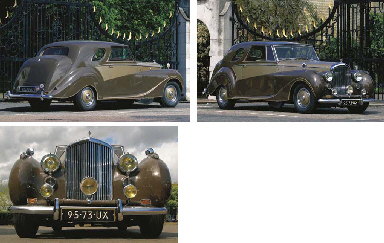
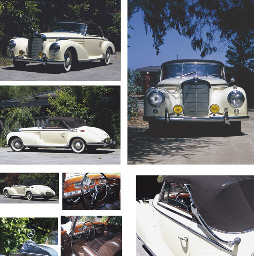
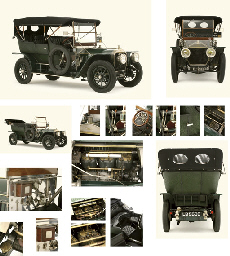
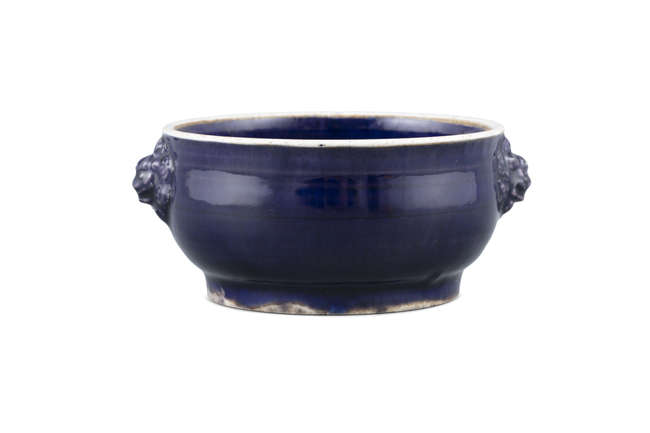
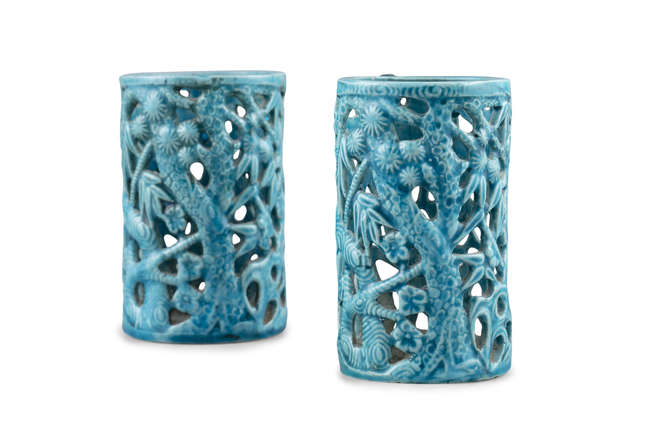
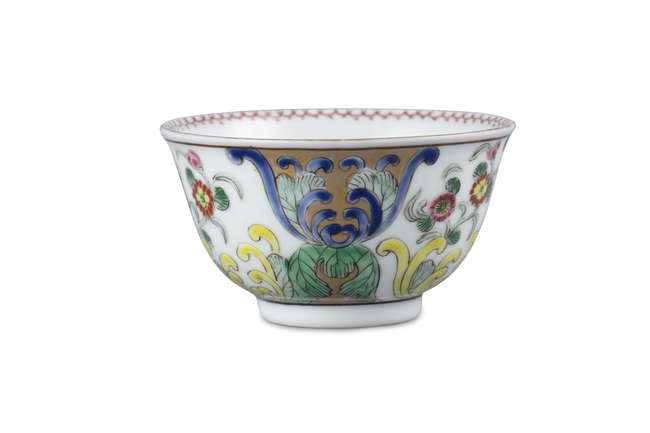

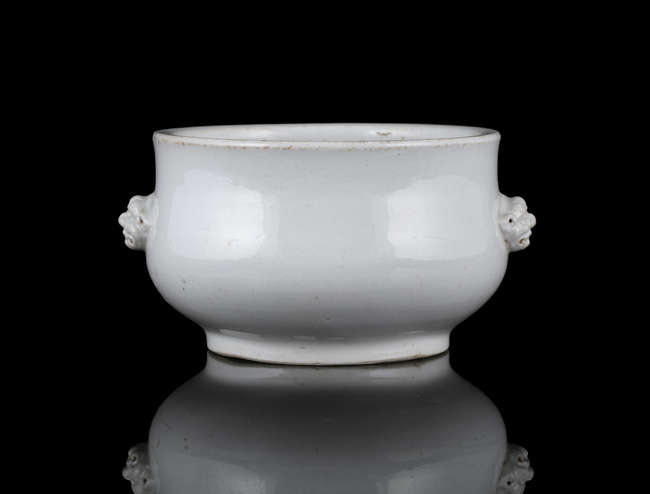

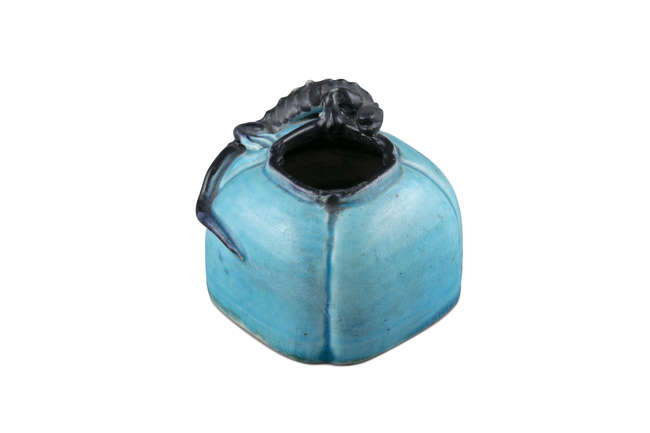



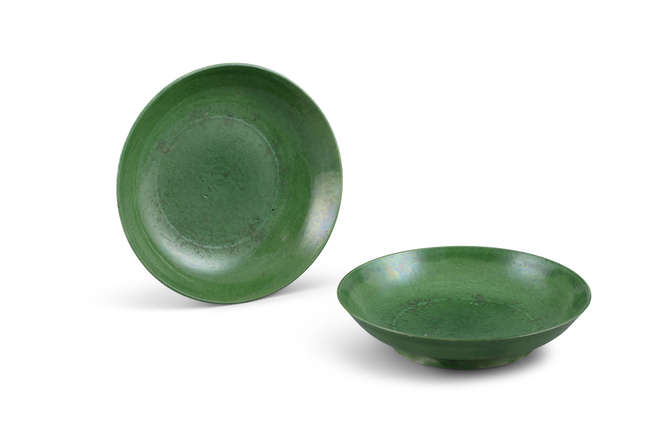
Testen Sie LotSearch und seine Premium-Features 7 Tage - ohne Kosten!
Lassen Sie sich automatisch über neue Objekte in kommenden Auktionen benachrichtigen.
Suchauftrag anlegen